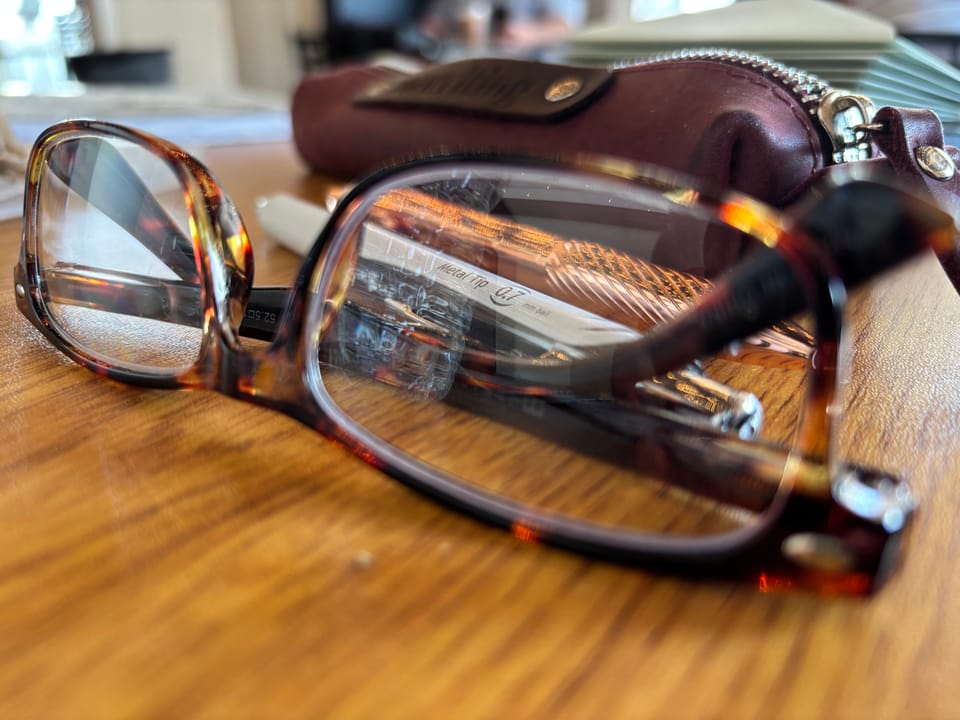four note friday 1.6 | What are the aims of photovoice?

Following on from last week, here I outline the three aims of the photovoice methodology. Each of these themes can be traced back to the theoretical underpinnings of the approach. Can you match these aims to the theories written about in last week's post?
The week's fourth note is not an aim. Rather, it is about how we can potentially leverage a project's exhibition as a site of additional inquiry. In other words, we can frame the exhibition as place where we can get curious about whether the project's aims have been met. Easier said (typed) than done! More on that below.
📷📱 Provide an Opportunity to Create Images on Their Own Terms
Photovoice invites participants to take photographs in response to prompts. These photographs oftentimes depict participants' daily realities. Participants control the lens, not the researchers. Photographs can act as mirrors—helping people reflect on what they want to share about their lives as it relates to the topics of the inquiry. The key here is that photovoice makes space to encourage participants to be agentic. They take the process where they want it to go.
💡🛠️ Develop Critical Consciousness Among Participants
Photovoice isn’t just about taking photographs. It’s about conversations. It's about voices. Participants explain the meaning of their images, building a dialogue among the project team that connects lived experiences with broader social issues. Participants are not simply providing or making data. They are often working together, generating ideas for solutions to problems that matter to them, considering power dynamics, and thinking through how to communicate their messages with broader audiences. These are the ingredients of developing a critical consciousness.
⚖️🏫 Attract the Attention of Policy Makers and Influence Policy & Practice
Photovoice projects often seek to place community voices—literally and visually—before decision-makers with the goal influencing relevant policies, programs, and practices. This is the ACTION within critical participatory action research! The final explicit aim of the approach is to reach policy makers with the major findings or results of the work, as well as any implications, recommendations, or suggested policy or practice changes generated from the project and in collaboration with participants.
💾📝 Have the Aims Been Met?
As I have argued elsewhere (my book), the photovoice exhibition, assuming such an event takes place, can be a terrific place to inquire even further about the topic at hand. Insights about the above aims can be gathered and interpreted. Provide a way for exhibition attendees to provide feedback on what they saw, additional insights germane to the issue, or participate in facilitated dialogues with participants. More ideas on this topic are forthcoming in future posts!
What are your thoughts on the aims of photovoice? Are they always relevant? Are they realistic? Upon engaging with various photovoice projects, what is your sense regarding whether the aims have been met? How do we know when a photovoice project is over? If you have thoughts on these questions (among many others), let me know!
🥹 Thanks for spending a moment with me this Friday.
💌 If you’re new here, welcome! I hope this space becomes one you look forward to each week.
📬 Have a question you want me to answer in a future issue? Reach me at photovoicefieldnotes@gmail.com. I'd love to hear from you.
Thanks for being here.
Warmly,
Mandy
photovoice field notes
photovoicefieldnotes.com
Member discussion